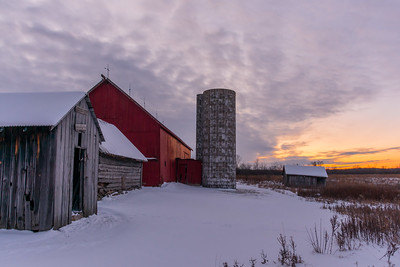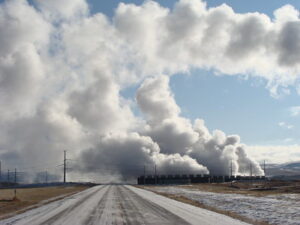In 2003, Ann Arbor voters approved – by a 2:1 margin – a 30-year tax to create a “green belt” around the City of Ann Arbor. Its stated purpose was to discourage sprawl, preserve Washtenaw County’s agricultural land and other undeveloped areas, and protect the Huron River watershed. In 2024, the city still promotes the green belt as a primary tool for preserving farmland land, and recently expanded the target purchase area to include all of Washtenaw County.
You can argue the actual purpose and economic impact of the green belt all day. But if you accept that the green belt’s purpose is to preserve farmland, then you should also be willing to accept that farming and agricultural activities are important in Washtenaw County. (Because they were apparently important enough to pass a 30-year tax to prevent farmland from being converted to non-agricultural purposes, right?)
According to the US Department of Agriculture’s most recent (2022) assessment of farming and agriculture in Washtenaw County, we have about 177,064 acres of farmland here. That represents a -1% change in the agricultural acreage that the USDA noted (178.995) in 2017.
The good news is in the last five years, the number of farms in Washtenaw County has increased by 10. The average acreage per farm is 141, down from 144 in 2017. Collectively, Washtenaw County’s farms generated nearly $17M in net income in 2022. That’s an average of about $95 per acre and an increase of $42 per acre from 2017.
If farming is important enough to Washtenaw County to pass a long-term tax and buy farmland to prevent it from being developed, why doesn’t Washtenaw Community College have an agricultural program to support the creation and operation of new farms, farming activities and encourage people to go into farming?
Why isn’t WCC offering agricultural instruction?
Seventy percent of Washtenaw County’s farms are crop producing farms. The other thirty percent produce livestock and/or poultry. The number of livestock/poultry producing farms has increased in the last five years presumably to meet increased demand for local meat production. That may also account for the increased per-acre income for Washtenaw County’s farms
In terms of income generated by sales of farm products, 32% of Washtenaw County’s farms make less than $2,500 per year. In 2017, almost 39% of Washtenaw County farms fell into this income-producing category. At the same time, 18.8% of the county’s farms generate at least $100,000 in income annually. This represents a nearly 20% increase in the number of farms that generate $100,000 or more annually since 2017.
It’s obvious that more people are attempting (and succeeding) to run profitable farms in Washtenaw County. If there is a communal will to limit the conversion of agricultural land to non-farm use, and to encourage new producers to work existing farmland, shouldn’t we have occupational agriculture programs on offer at WCC?
It seems like this would be a natural transfer path for students who want to attend Michigan State University’s agricultural college, as well as a way to incorporate urban farming into the Washtenaw County landscape.
The value of agricultural production in Washtenaw County jumped by 77% between 2017 and 2022. If Washtenaw County were to experience that same level of growth by 2027, agricultural net income here would be nearly $30M. It seems unlikely that Washtenaw County would reach that level of production without educational support.
Given that WCC was built on a former apple orchard, and exemplifies the loss of agricultural land, why isn’t this on WCC’s list of instructional programs to develop?
Photo Credit: Bill VanderMolen , via Flickr

























